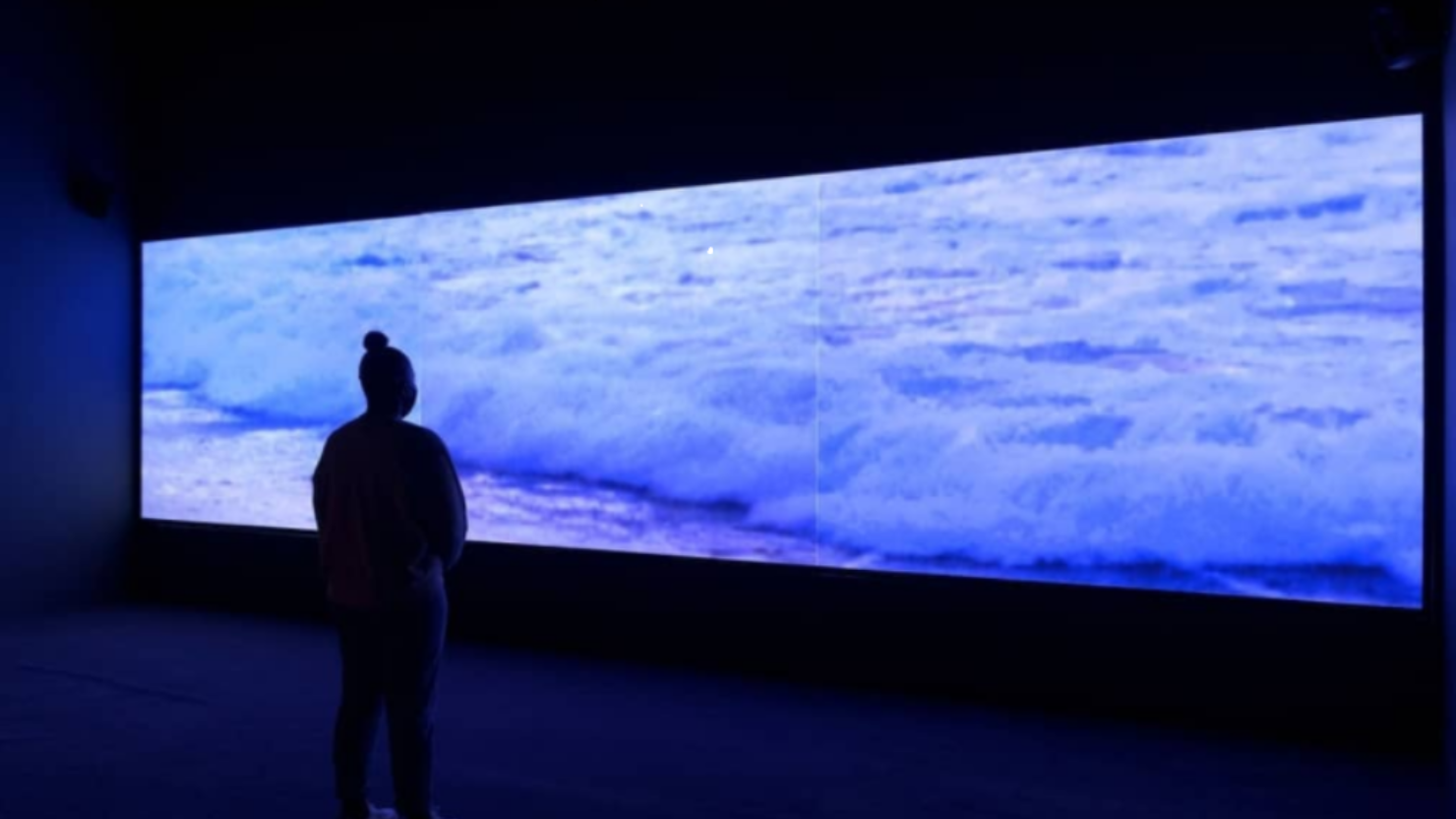Blogs
Hidden history: Life Between Islands at Tate Britain

For Farrer Kane PR Assistant Bronwen Roberts, the Tate Britain exhibition Life Between Islands is an opportunity to explore the role the Caribbean has played in Britain’s past – a story too often ignored when our country’s history is taught
If you find yourself with a spare afternoon at some point between now and the 3rd April, I implore you to make your way over to Millbank to catch the Life Between Islands exhibition currently on at Tate Britain.
The exhibition features work from the 1950s to now by artists from the Caribbean who later moved to Britain, as well as British artists whose work has been informed by the culture and heritage of the Caribbean, and aptly contributes to the rich narrative-building and profile raising of the histories of black British identities.
While some prefer to encounter artwork blind to its social and political context, this exhibition encourages the viewer to situate the work in the intertwined histories of Britain and the Caribbean by printing a timeline across the entire length of one of the walls of the exhibition foyer. This timeline provides critical context to the role that the Caribbean has played in Britain’s past, history neglected and abandoned by most school curriculums.
From the British Empire’s colonisation of West Indies territory and subsequent “decolonisation” in the 1950s and 60s, up to the protests in support of Black Lives Matter and the Windrush scandal in recent years, the timeline compellingly contextualises the artworks, teasing out themes of decolonisation; socio-political struggle; the reclaiming of ancestral cultures; and subsequent navigation of diasporic identity – all played out across a vast range of media. This is perhaps what struck me most about the curation: the sheer expanse and range of the artworks on show, spanning painting; film; illustration; sculpture; photography; and fashion – this exhibition is a masterclass in the multimedia, as well as being a much-needed history lesson.
As a University of Birmingham graduate, and having written my dissertation on the BLK Art Group, I was particularly drawn to the artists and thought leaders featured from the West Midlands who played a critical role in shaping the debates and discourse around black British identity from the 1950s onwards. From Vanley Burke’s incredible black and white photography of Stuart Hall, the founder of the Birmingham School of Cultural Studies, to Keith Piper’s montage and installation from his time within the BLK Art Group, there is something incredibly special about seeing artworks in the flesh that you have spent hours on end, and thousands of words, poring over.
Other highlights of the exhibition for me included Frank Bowling’s paintings – vibrant abstract expressionist works informed by his Guyanese ancestry, and in direct conversation with Barnett Newman and Jackson Pollock working in New York at the same time. Another favourite of mine was Isaac Julien’s film Paradise Omeros from 2002, a three-screen video montaging immersive oceanic imagery followed by brutalist 1960s London blocks, exploring the relationship between his parents’ heritage in Saint Lucia and his birthplace of London. These are just a few of the innovative artists using their art form to not only navigate and grapple with their own sense of identity, but to share their history with the broader public in eye-opening ways.
This exhibition felt like a positive step forward in bringing conversations around how the interweaved histories of Britain and the Caribbean have informed present day experiences. And while a host of pioneering individuals are raising the profile of black histories in Britain, with pursuits towards “decolonising” the curriculum entering the mainstream, and the Black Lives Matter protests garnering global attention, exhibitions such as Life Between Islands at Tate Britain re-articulate the socio-political progress that still needs to be made.
I hope this might have whet your tastebuds to go and get your art fix this weekend. If you are aged between 16-25, I strongly recommend signing up to Tate Collective (it’s free!) and you can get tickets for just £5 – well worth it given the vast breadth of this exhibition.
Additionally, if you fancy making the most of your time in Millbank, I can strongly recommend The Morpeth Arms just around the corner from Tate Britain for a bite to eat and a drink (or two) before or after taking in this incredibly curated and thought-provoking exhibition.
Image credit: three-screen video Paradise Omeros by Isaac Julien, pictured by Tate Britain.

